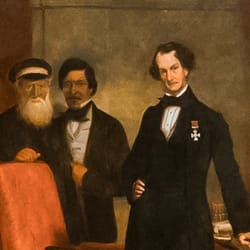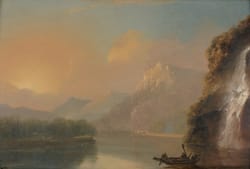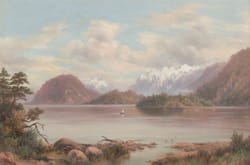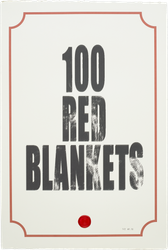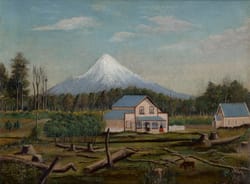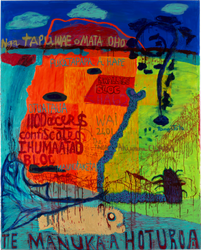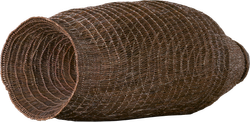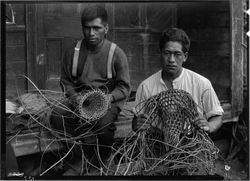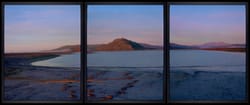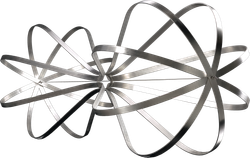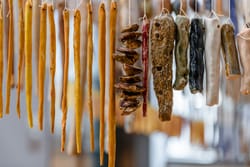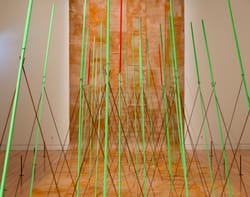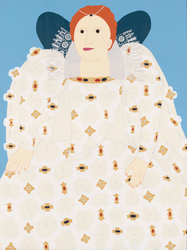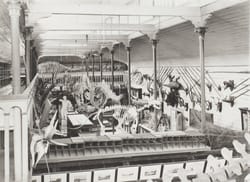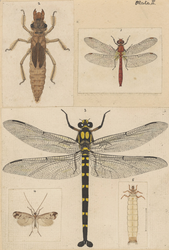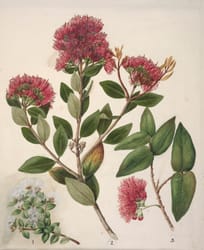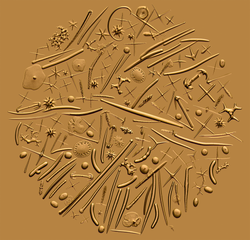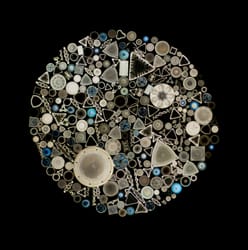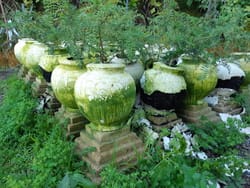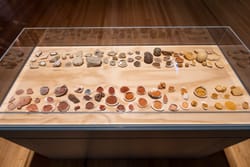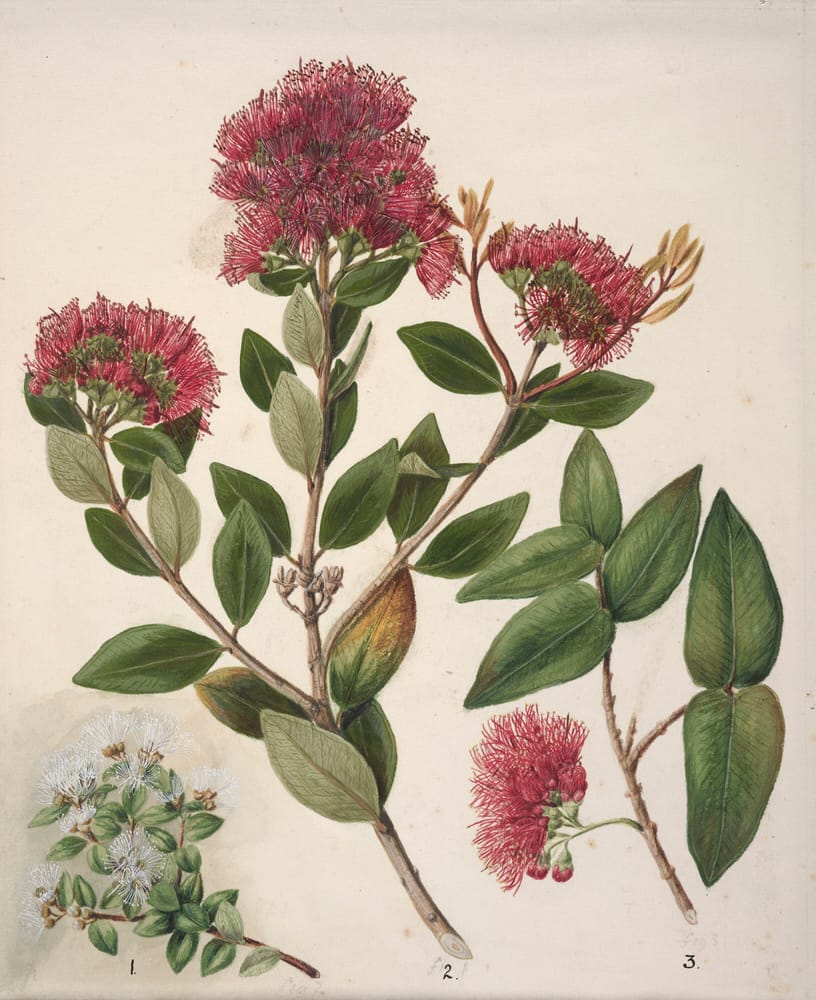
Close
MOANA
Look it’s Rebecca Rice, curator of historical New Zealand art here at Te Papa. Kia ora Rebecca!
REBECCA
Kia ora Moana, can I introduce you to Heidi?
HEIDI
kia ora. I'm Heidi Meudt, my curator of botany and a colleague of Rebecca here at the museum.
REBECCA
I'm really excited to bring you up here, Heidi, um, shall we have a look at the Sarah Featon display?
HEIDI
Sounds great. I've never actually seen these works in person myself. I don't know if you want to put that in the audio guide, but it's true. Like for a scientist, we don't often get to handle or see or touch artworks.
MOANA
It's all new to me too! Rebecca who was Sarah Featon?
REBECCA
Sarah Featon was a 19th century botanical artist. She produced a really important body of watercolor paintings of our native flowers in about the 1880s
MOANA
Why are there two versions of each one?
REBECCA
I wanted viewers to be able to see the difference between the original watercolour that Sarah Featon made and then the plates that were printed for the amazing book that she and her husband worked on.
MOANA
And what plants are they?
HEIDI
On the left these are species of rātā. So the fact that she's put, three species in one plate really tells me that she was looking for those differences that would define a particular species. That's exactly what I would do if I were studying these species.
They're also quite scientifically accurate; you can actually distinguish the individual stamens, particularly on the red flowers and look at the ones in that watercolor. I mean, they really stand out.
REBECCA
Sarah uses watercolour in a way that's almost like 20th century acrylic paints. she applies it, very robustly, very strongly to really pull out those details.
HEIDI
I mean, there are hundreds, if not thousands of stamens in these rātā flowers, you can clearly tell there are that many in her drawings.
REBECCA
The other thing that I admire about Sarah's works is that she does pay attention to the composition of the plates. She's portraying the flowers beautifully and accurately but she also thinks about how they're arranged on the plate.
For example with the hīnau, the way that the leaves kind of open up in this fan-like way on the page with the flowers kind of drooping down and then the berries echoing that on the left-hand side, and then the species of New Zealand flax kind of coming up from the bottom right hand corner in this wonderful, delicate kind of ‘full stop’ to the page.
HEIDI
She's also thought about, ‘I want to make sure that I show at least a few leaves on the other side’ because sometimes leaf color or shape or hairs on the leaf are really important characters, and any botanist knows you need to be able to see both sides of the leaf to be able to properly identify it. They're very three dimensional. They look like you want to just pluck them off the page.
Maybe sometimes people think to be a scientist, you have a degree, but actually scientists and artists are kind of doing the same thing. We're all observing beautiful things and interpreting them in different ways.
REBECCA
Heidi, shall we go look at some of those, fern albums over here?
HEIDI
Sounds really great. It's always so exciting to see them on the floor.
MOANA
Mīharo. We’re finished in this gallery now. When you’re ready, haere tonu, head though to the gallery on your left.
We’ll explore Wayne Barrar’s The Glass Archive. I’ll meet you just inside the entrance.
